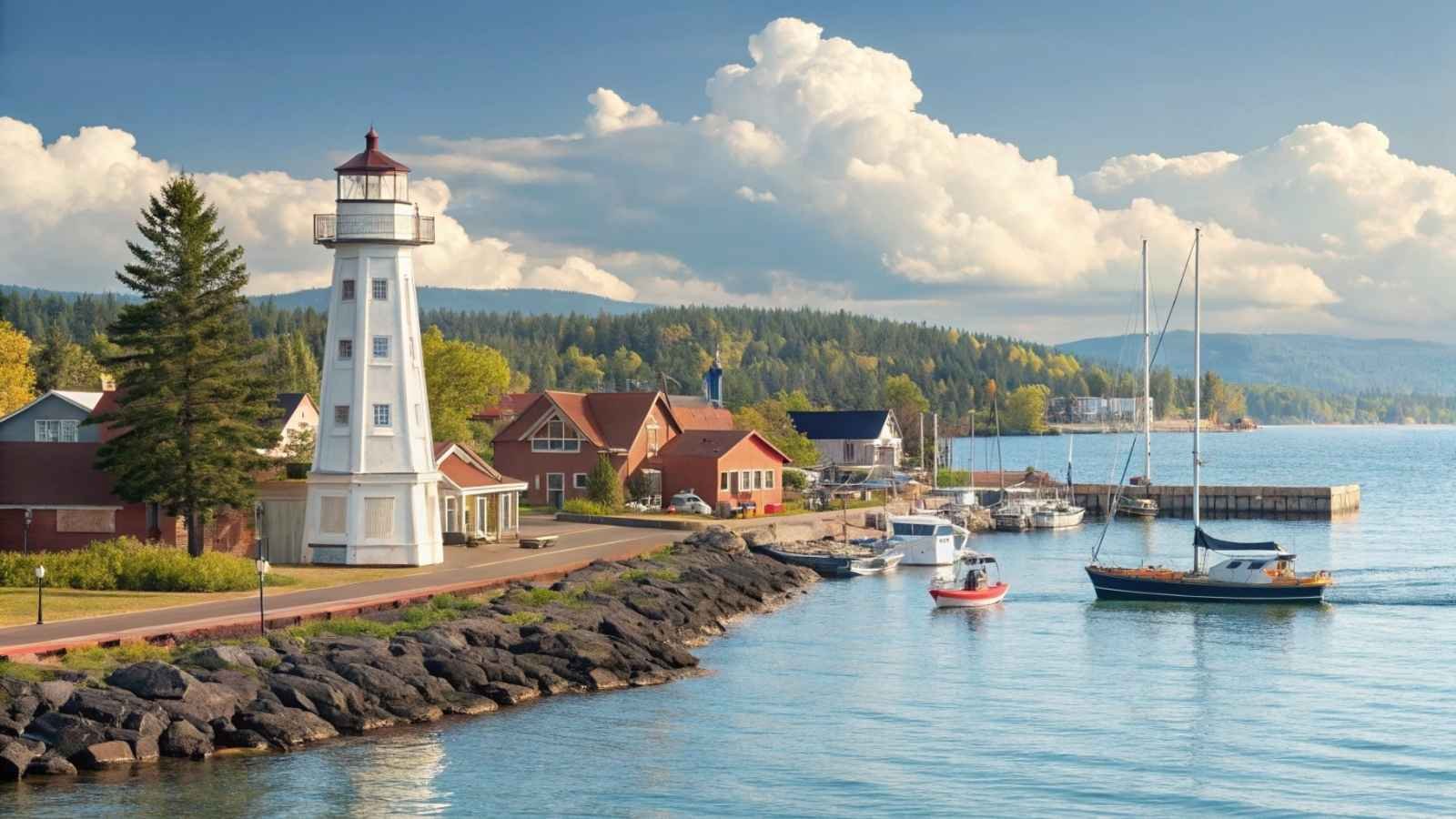
There’s something hauntingly beautiful about chasing the Northern Lights—the way the world goes still, breath clouds the air, and the sky starts to move as if alive.
It’s not just a sight; it’s an experience that catches you off guard, slipping from quiet darkness into wild color. This winter, parts of the U.S. will glow with that otherworldly magic, from remote Arctic outposts to small towns that suddenly feel infinite under the green and violet haze.
If you’ve ever wanted a front-row seat to Earth’s greatest light show, these places are where your coldest nights turn into your brightest memories.
1. Fairbanks, Alaska
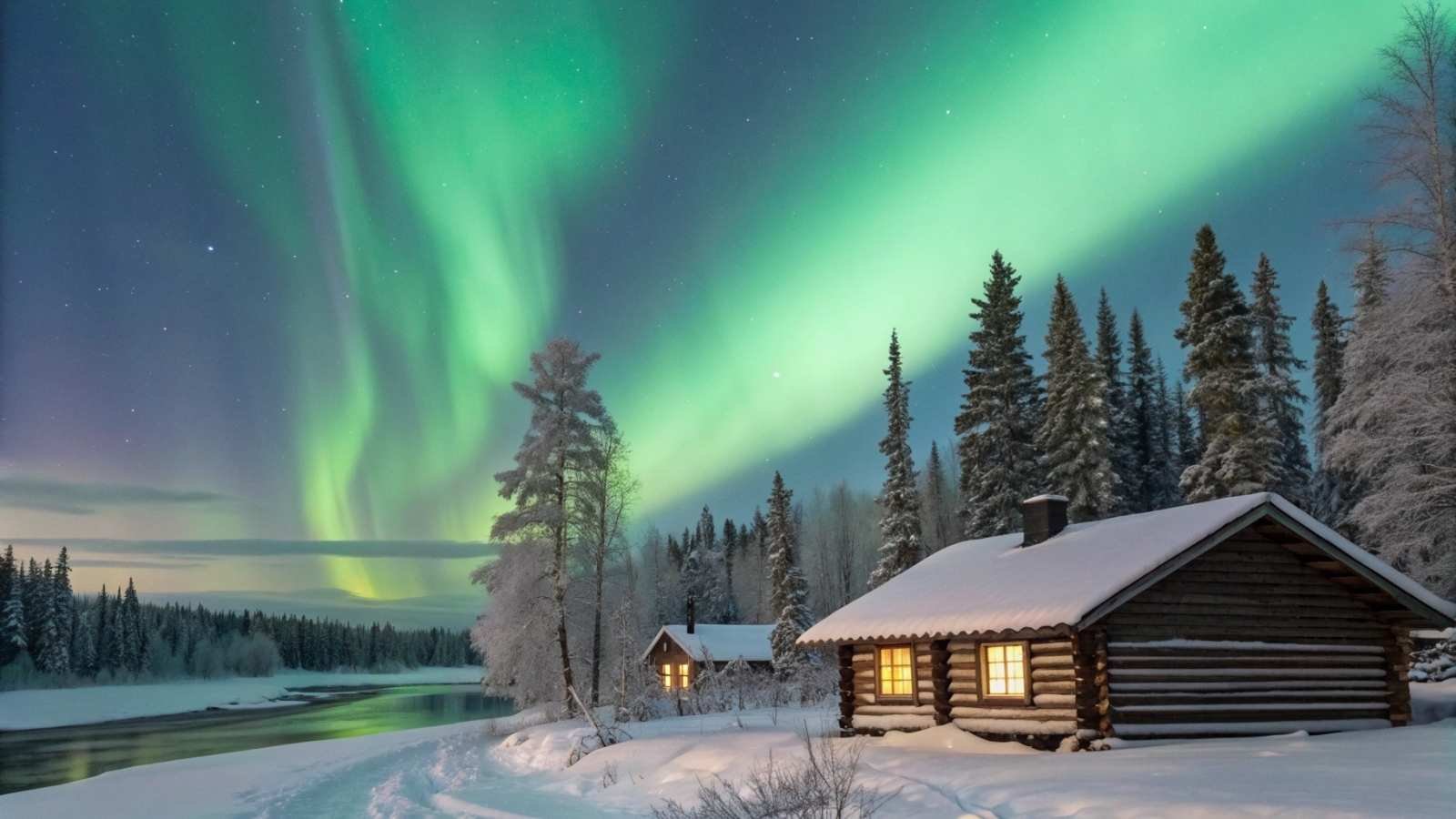
Fairbanks is often called the Northern Lights capital of the United States, and for good reason. Sitting directly under the Auroral Oval—the ring-shaped zone where auroras are most visible—Fairbanks offers some of the most consistent and dazzling light shows in the country. The town feels built for aurora chasers, with cozy lodges, guided tours, and even warm-up yurts equipped with panoramic views of the Arctic sky.
What makes Fairbanks extra special is how accessible the experience feels. You don’t need to hike into the wilderness or risk frostbite; the auroras often appear right above local neighborhoods or just a few minutes outside town. Some nights, they ripple across the sky in greens, purples, and reds for hours—a breathtaking display that locals still pause to watch, even after years of living here.
If you want to go deeper, the Aurora Ice Museum and Chena Hot Springs Resort offer perfect pairings: a soak in natural hot springs under a glowing sky. It’s one of those moments where Alaska feels truly otherworldly—and completely worth the cold.
Quick Tips:
- Best Months: Late August to mid-April
- Best Viewing Hours: 10 PM – 2 AM
- Where to Stay: Chena Hot Springs Resort or Aurora Borealis Lodge
- Local Tip: Stay at least three nights—clear skies rotate quickly in Alaska’s unpredictable weather
2. Utqiaġvik (Barrow), Alaska
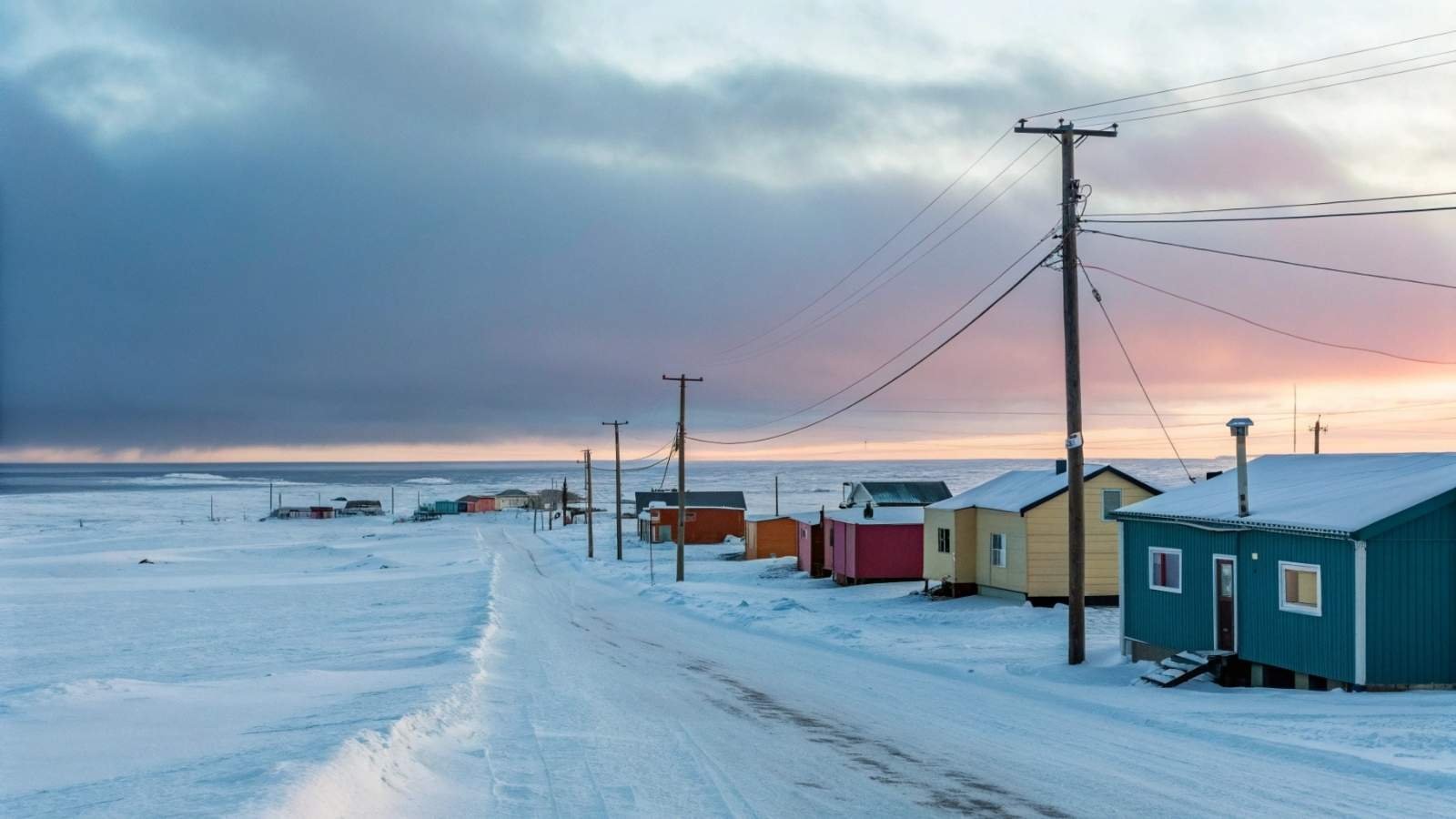
At the northernmost point in the U.S., Utqiaġvik offers an aurora experience that feels raw, wild, and humbling. It’s so far north, the sun disappears for nearly two months in winter—leaving endless night skies where auroras swirl uninterrupted by daylight. This isolation and darkness create one of the most intense aurora-viewing settings on the continent.
The town itself is small, remote, and deeply tied to Inupiaq culture. Travelers often describe the experience as more than just watching lights—it’s witnessing the Arctic in its truest form. You’ll find a peaceful rhythm here: the crunch of snow underfoot, the whisper of Arctic wind, and the green curtain of light that turns the entire horizon into a living work of art.
Though reaching Utqiaġvik isn’t easy—it’s only accessible by plane—the effort pays off with unobstructed, pollution-free skies. Just bring serious winter gear; this isn’t your mild Alaskan adventure, it’s the edge of the Earth in every sense.
Quick Tips:
- Best Months: November to March
- Best Viewing Hours: 9 PM – 3 AM
- Where to Stay: Top of the World Hotel
- Local Tip: The longer polar nights increase your odds dramatically—just watch the wind chill
3. Wiseman, Alaska
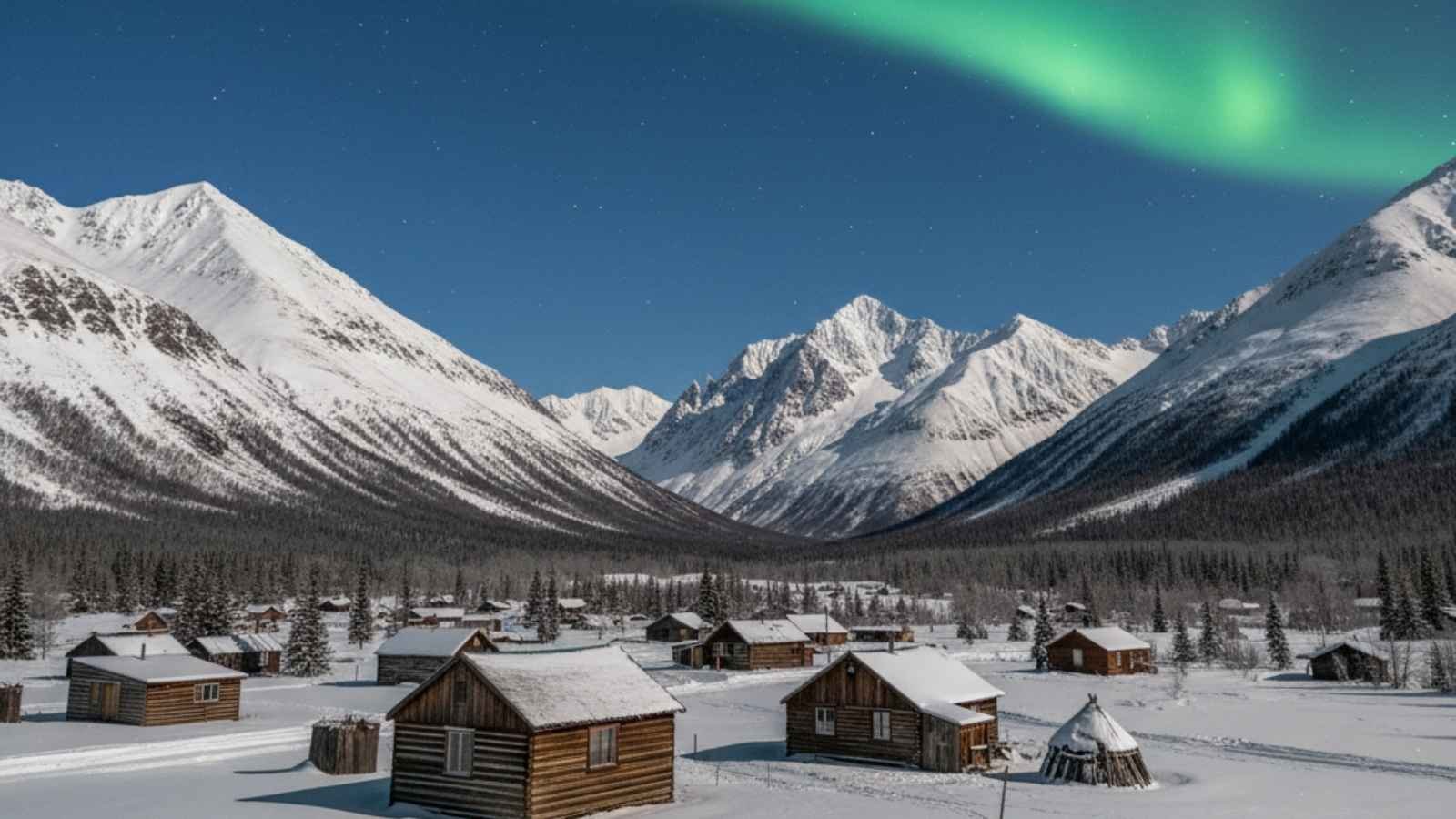
Wiseman might just be the hidden gem of Aurora tourism. Located north of the Arctic Circle along the Dalton Highway, this tiny settlement feels like stepping back in time. With fewer than 20 residents and zero light pollution, Wiseman’s skies are ink-black and crystal clear, setting the stage for auroras that stretch from one horizon to the other.
There’s a stillness here that makes every burst of color feel sacred. Locals often host travelers in off-grid cabins where you can warm up by a wood stove while waiting for the next light show to dance overhead. On some nights, the auroras shimmer so brightly they reflect off the snow, illuminating the landscape like a surreal green daylight.
What adds to Wiseman’s charm is the intimacy—you’re not one of hundreds chasing a tour bus. It’s just you, the wilderness, and the ancient rhythm of the Arctic sky. For travelers who crave both adventure and solitude, this is as authentic as it gets.
Quick Tips:
- Best Months: September through April
- Best Viewing Hours: 11 PM – 2 AM
- Where to Stay: Arctic Getaway Cabins
- Local Tip: Rent a 4WD vehicle—roads can be icy and remote, but worth every mile
4. Grand Marais, Minnesota
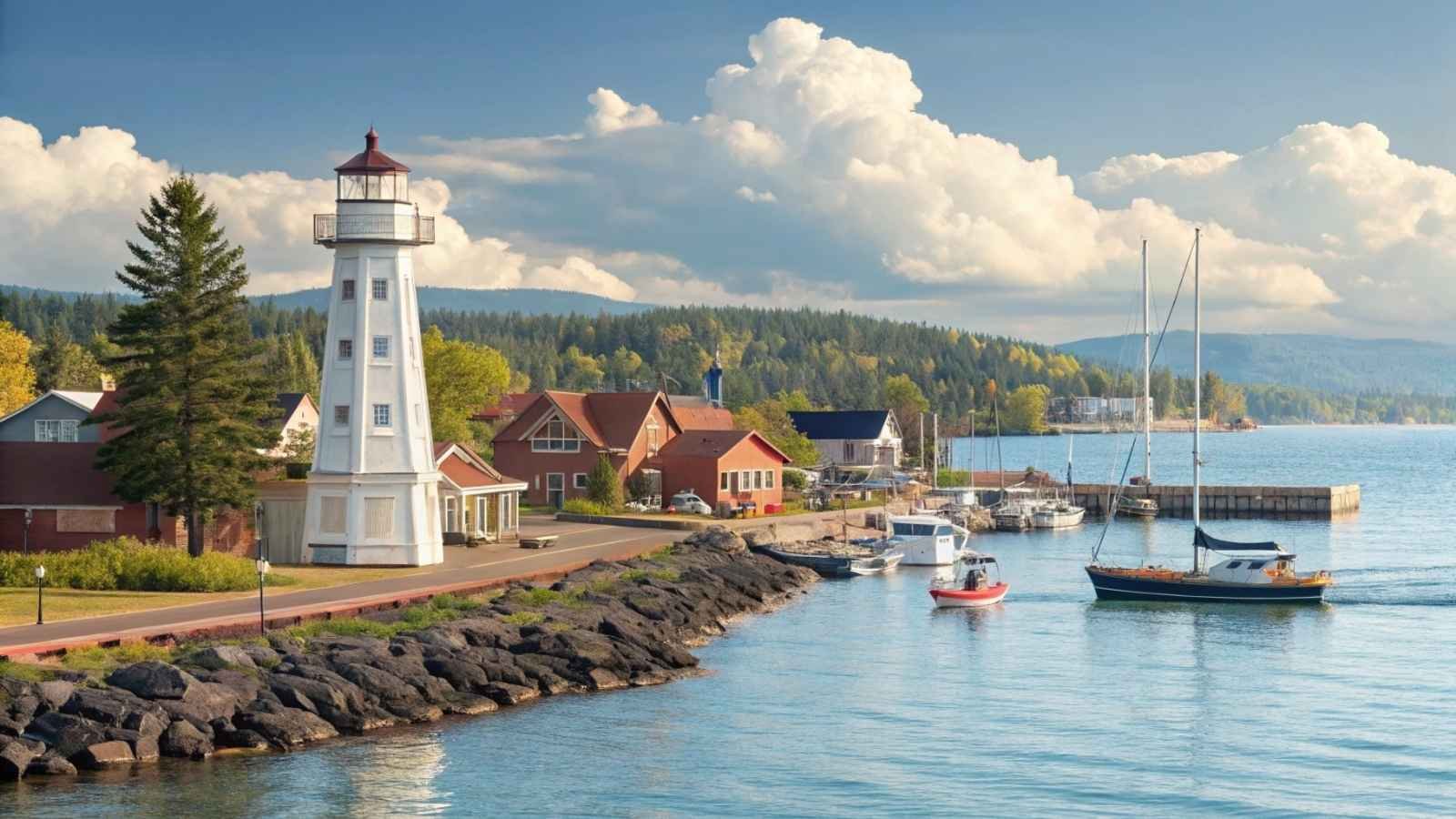
You don’t have to go all the way to Alaska for auroras. On the northern shore of Lake Superior, Grand Marais delivers stunning views when geomagnetic storms roll south. The town combines rugged natural beauty with a thriving artist community, giving the aurora experience a softer, almost poetic feel.
When the lights appear, they often reflect off the frozen lake—creating a shimmering double display of green and pink. Many locals and visitors gather at Artist’s Point or Hollow Rock Beach, sipping something warm and waiting for the sky to come alive. It’s less about wild isolation here and more about shared wonder, a reminder that the Northern Lights aren’t only an Arctic secret.
Winter in Grand Marais feels welcoming rather than harsh. You can spend your days exploring frozen waterfalls or sipping coffee in cozy harbor cafés, and your nights watching the sky perform one of nature’s most mesmerizing shows.
Quick Tips:
- Best Months: December through March
- Best Viewing Hours: 10 PM – 1 AM
- Where to Stay: Harbor Inn or Gunflint Lodge
- Local Tip: Follow the Aurora Alerts Minnesota page for real-time updates
5. Marquette, Michigan
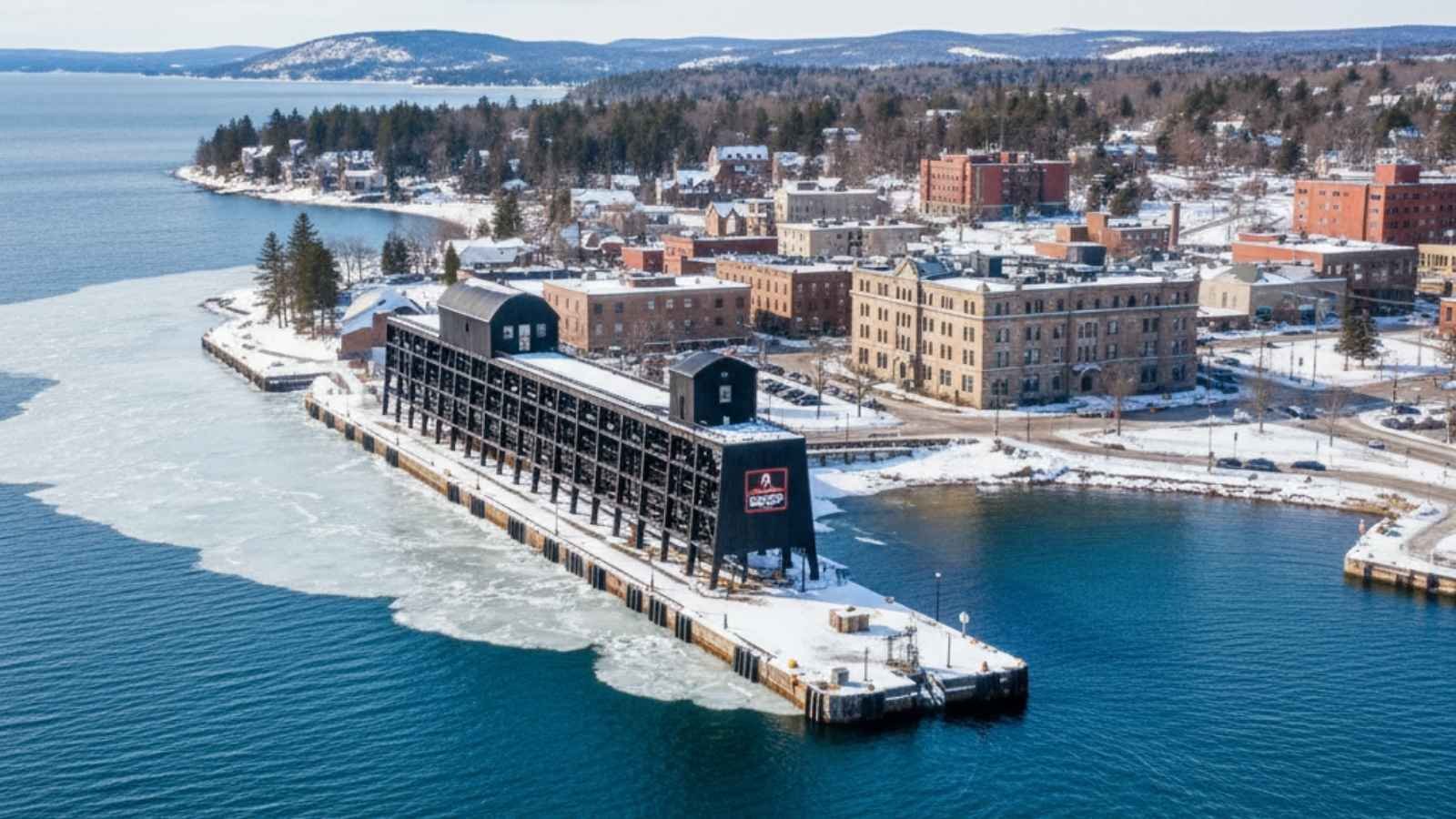
Marquette, sitting on the shores of Lake Superior’s south side, might be one of the most underrated aurora-viewing towns in the U.S. The Upper Peninsula’s cold, clear nights make it ideal for catching bursts of green, purple, and pink light reflected over the frozen lake. It’s also easy to reach—no bush planes or off-grid treks required.
Locals often head to Presque Isle Park or Sugarloaf Mountain for an elevated view. On nights of high solar activity, even casual stargazers find themselves staring skyward as the entire northern horizon shimmers. The combination of city accessibility and wilderness backdrop gives Marquette a rare balance—you can grab dinner downtown and still catch an aurora show ten minutes later.
The community here embraces winter rather than fighting it, and that makes all the difference. Whether you’re ice fishing, snowshoeing, or just bundled up on the lakeshore, Marquette makes it easy to fall in love with the Northern Lights without having to cross into the Arctic.
Quick Tips:
- Best Months: January through March
- Best Viewing Hours: 9 PM – 2 AM
- Where to Stay: The Landmark Inn or Nestledown Bed & Breakfast
- Local Tip: Check SpaceWeatherLive.com for KP index forecasts before heading out
6. Nome, Alaska
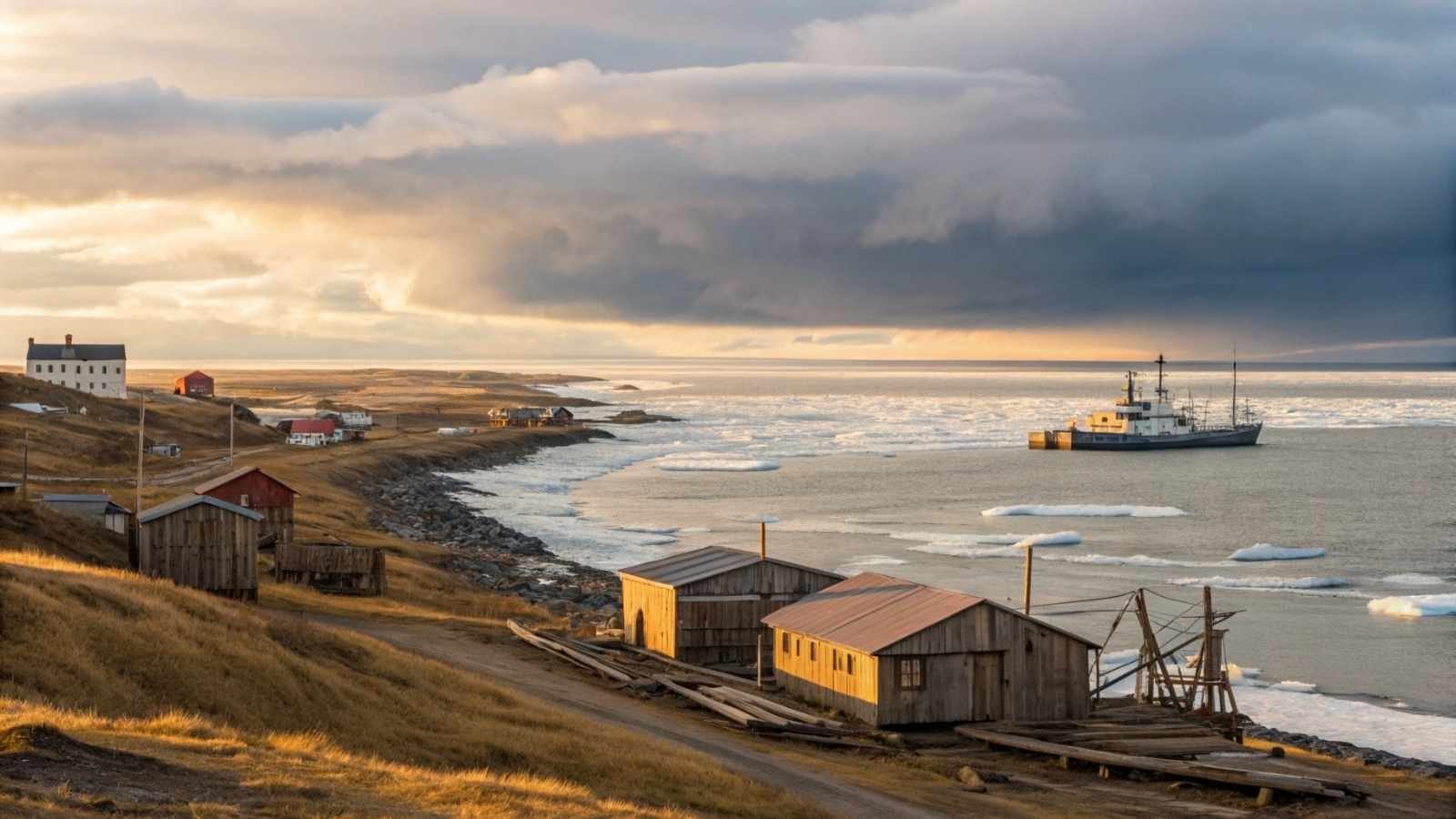
Nome offers a different flavor of Alaska’s northern beauty—less wilderness isolation, more frontier spirit. Once a Gold Rush boomtown, Nome now draws visitors searching for nature’s richest treasure: the aurora borealis. The town sits right on the southern edge of the Arctic Circle, giving it a front-row seat to some of the most intense aurora storms in the region.
The best part? You don’t have to venture far from downtown to see them. Locals often pull over by Nome-Council Road or head out toward Safety Sound Lagoon, where the dark sky stretches endlessly over the tundra. When the lights roll in, they ripple like green silk above the frozen Bering Sea—a surreal mix of history, wilderness, and wonder.
Nome’s rugged edges and gold-town roots give it a raw, adventurous feel. It’s not a polished tourist hub—and that’s exactly why the aurora feels so real here.
Quick Tips:
- Best Months: November through March
- Best Viewing Hours: 10 PM – 2 AM
- Where to Stay: Aurora Inn or Dredge No. 7 Inn
- Local Tip: Bundle up—Nome’s coastal wind can make even 10°F feel like subzero
7. Denali National Park, Alaska
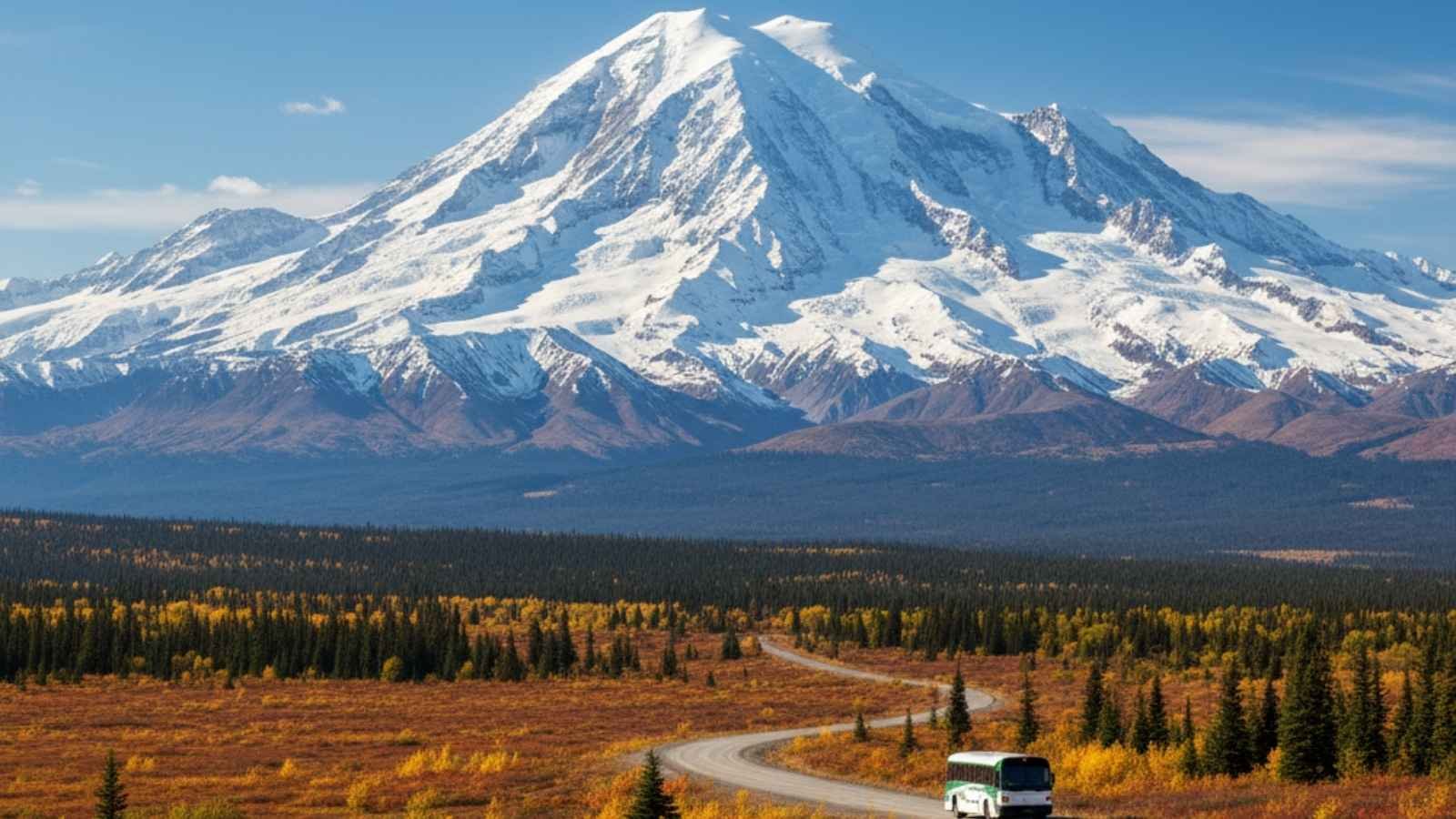
Denali offers something few other places can: the Northern Lights dancing above North America’s tallest peak. On clear winter nights, when the park’s deep silence meets a glowing sky, it’s hard not to feel humbled. The aurora here isn’t just beautiful—it’s backed by the sheer majesty of the Alaska Range rising in the background.
Visitors often stay just outside the park near Healy or Cantwell, where accommodations stay open through winter. With no city lights for miles, the aurora seems brighter, more defined, and eerily alive. Denali’s wildlife often adds to the experience—snowshoe hares darting across the trail, or a moose grazing under streaks of green.
Even on cloudy nights, the solitude of Denali makes the trip worth it. The stillness feels ancient, like the sky’s been waiting to perform for whoever shows up prepared to watch.
Quick Tips:
- Best Months: September through March
- Best Viewing Hours: 11 PM – 3 AM
- Where to Stay: Aurora Denali Lodge or Tonglen Lake Lodge
- Local Tip: Check the Aurora Forecast from UAF Geophysical Institute before heading out
8. Duluth, Minnesota
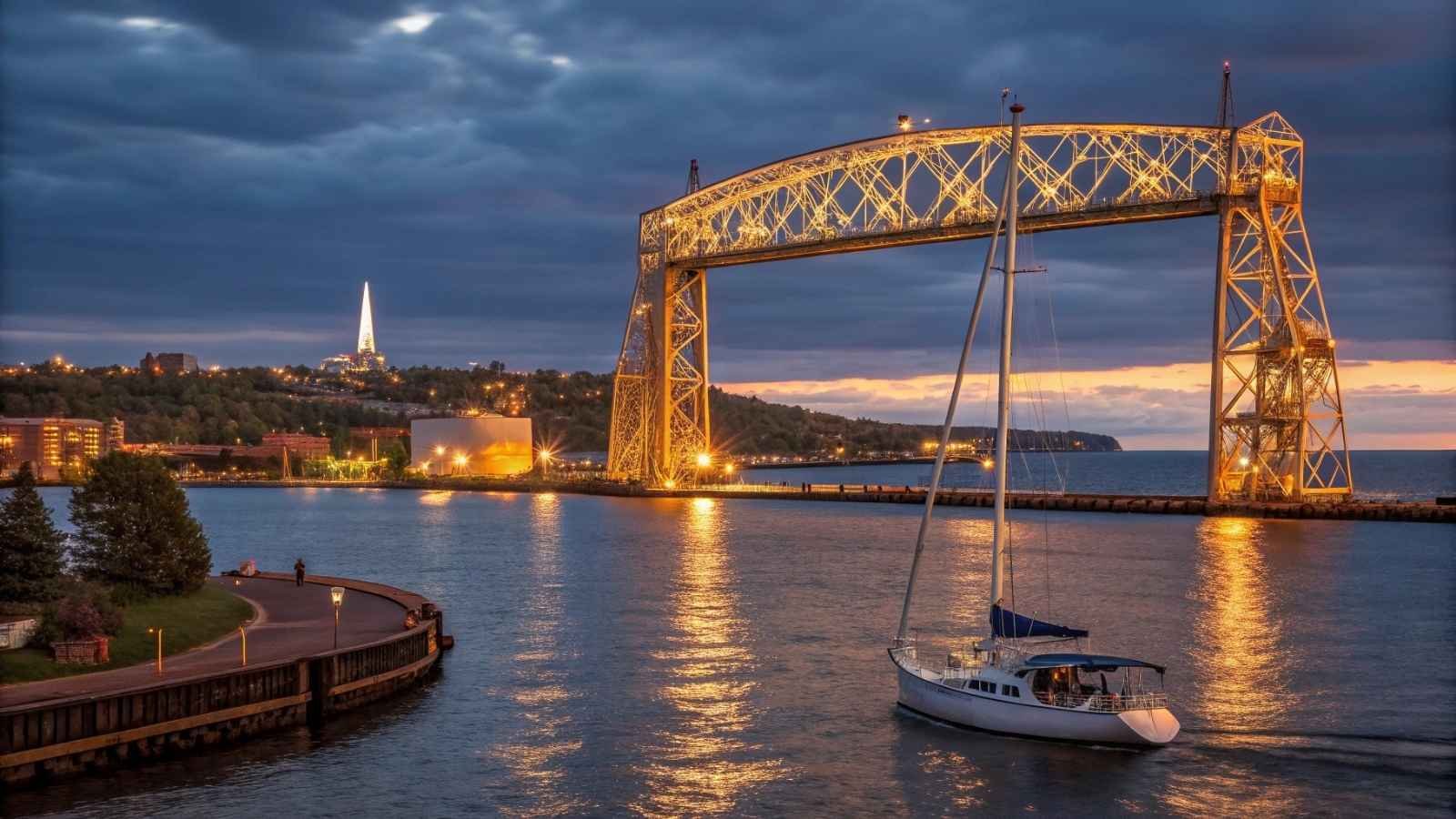
Duluth proves you don’t have to head to Alaska for a serious light show. Perched on Lake Superior’s rocky shoreline, the city offers a balance of urban convenience and easy-to-access darkness. During solar storms, Duluth’s waterfront becomes a gathering point for locals—everyone scanning the northern horizon in quiet anticipation.
When conditions are right, the lights bloom over the lake in streaks of green and pink that seem to mirror off the icy water. The scene feels cinematic but grounded; one minute you’re in a downtown brewery, the next you’re standing under cosmic fireworks. It’s the kind of small-town thrill that keeps travelers coming back each winter.
The combination of easy access, great food, and legitimate aurora potential makes Duluth one of the Midwest’s most surprisingly rewarding winter destinations.
Quick Tips:
- Best Months: October through March
- Best Viewing Hours: 10 PM – 1 AM
- Where to Stay: Pier B Resort or Fitger’s Inn
- Local Tip: Head to Brighton Beach or Park Point for unobstructed northern views
9. Aroostook County, Maine
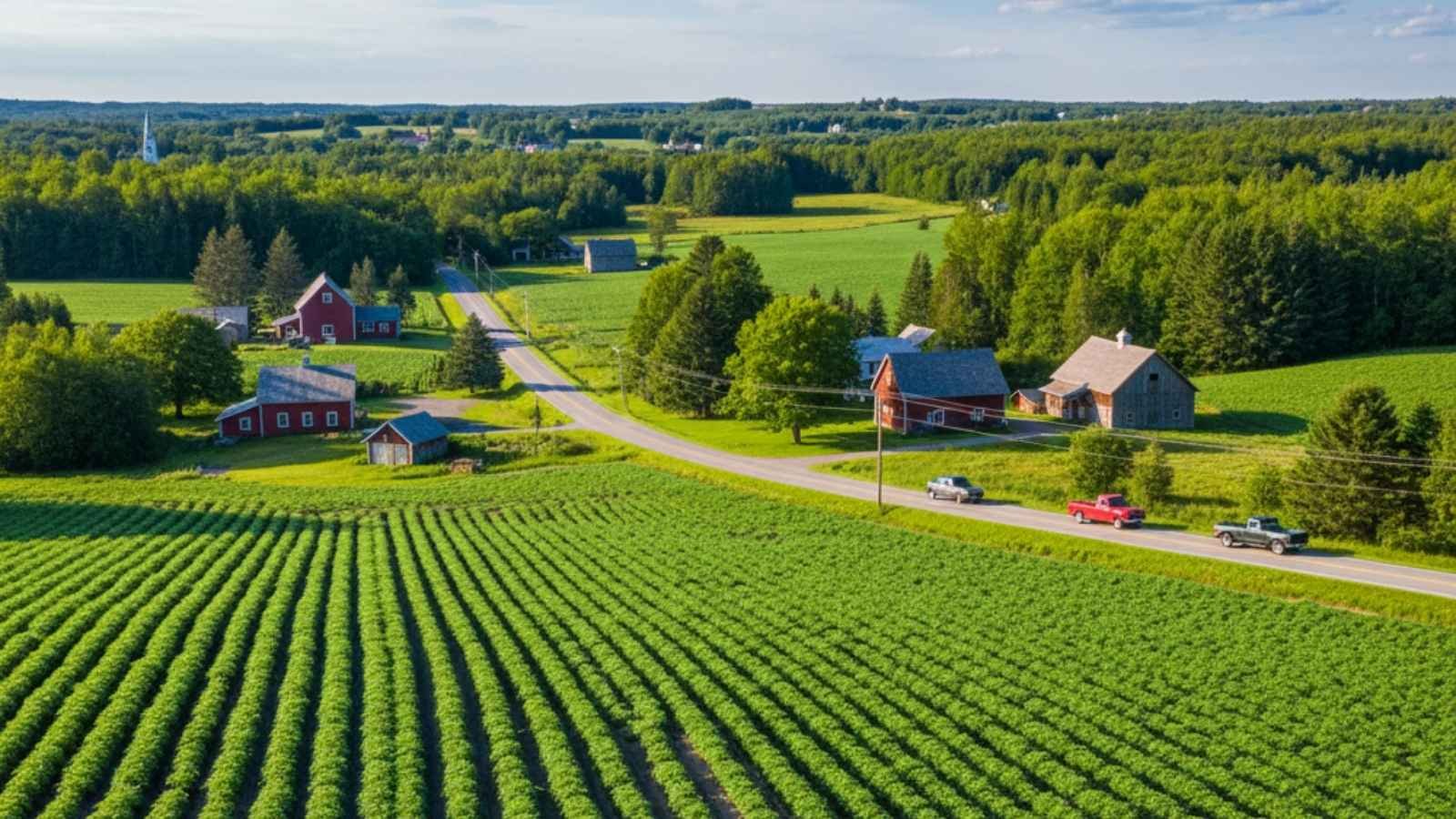
In the remote reaches of northern Maine, Aroostook County offers something rare in the Lower 48: a true dark-sky wilderness with auroras strong enough to feel Arctic. The region’s vast open fields and frozen lakes make for perfect viewing conditions when geomagnetic storms sweep south.
Locals often head to Aroostook National Wildlife Refuge or Long Lake to catch the glow. The aurora often appears low on the horizon here, like a whisper of green before it swells into curtains of light. Because it’s so far from big cities, the stars seem sharper, too—turning every viewing night into a stargazer’s dream.
Aroostook doesn’t get the crowds, and that’s its charm. There’s space to breathe, to stay quiet, and just let the sky do its thing. It’s Maine at its most magical and unspoiled.
Quick Tips:
- Best Months: December through February
- Best Viewing Hours: 9 PM – 2 AM
- Where to Stay: Presque Isle Inn or Long Lake Sporting Club
- Local Tip: Check the Clear Sky Chart before you drive out—weather changes fast up north
10. Idaho Panhandle (Priest Lake & Surrounding Forests)
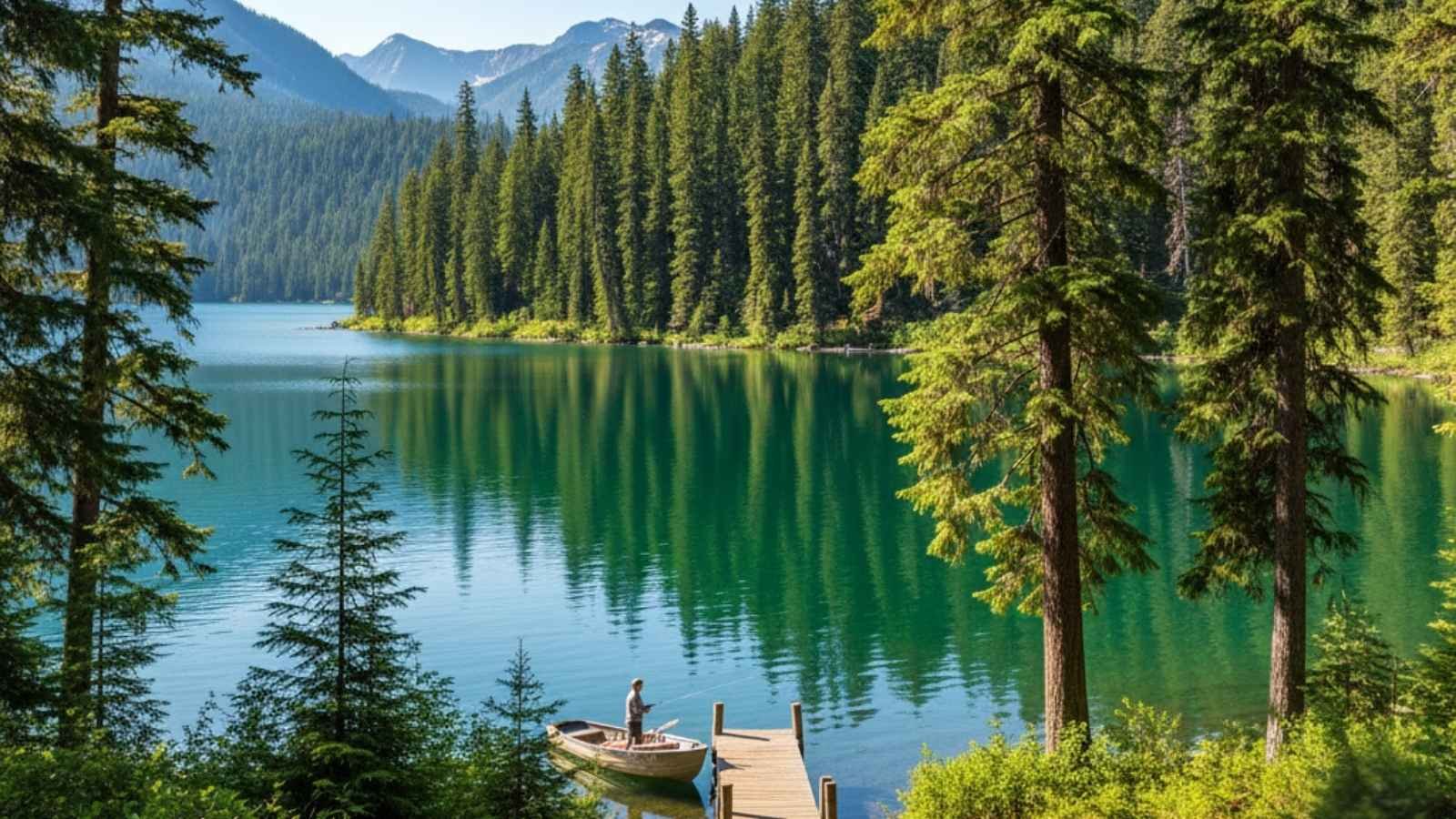
Most people don’t think “Idaho” when they think Northern Lights—but that’s part of what makes this region so unexpectedly spectacular. When solar activity spikes, the auroras can stretch far enough south to reach Priest Lake, lighting up the forested horizon in delicate waves of green.
Priest Lake sits in the Idaho Panhandle National Forest, a region prized for its stillness and deep, mirror-like lakes. Locals often camp or park along the shoreline just to watch the faint glow build into color. On strong nights, the reflection of the aurora over the water feels dreamlike and calm—a reminder that even lower latitudes get their moment of celestial magic.
It’s a great destination for those who want beauty without the brutal cold of Alaska. And if the lights don’t show? The scenery alone is still worth the trip.
Quick Tips:
- Best Months: November through February
- Best Viewing Hours: 10 PM – 1 AM
- Where to Stay: Elkins Resort or Hill’s Resort on Priest Lake
- Local Tip: Bring a camera with a long exposure setting—auroras here are often faint but photograph beautifully
11. Cook County, Minnesota
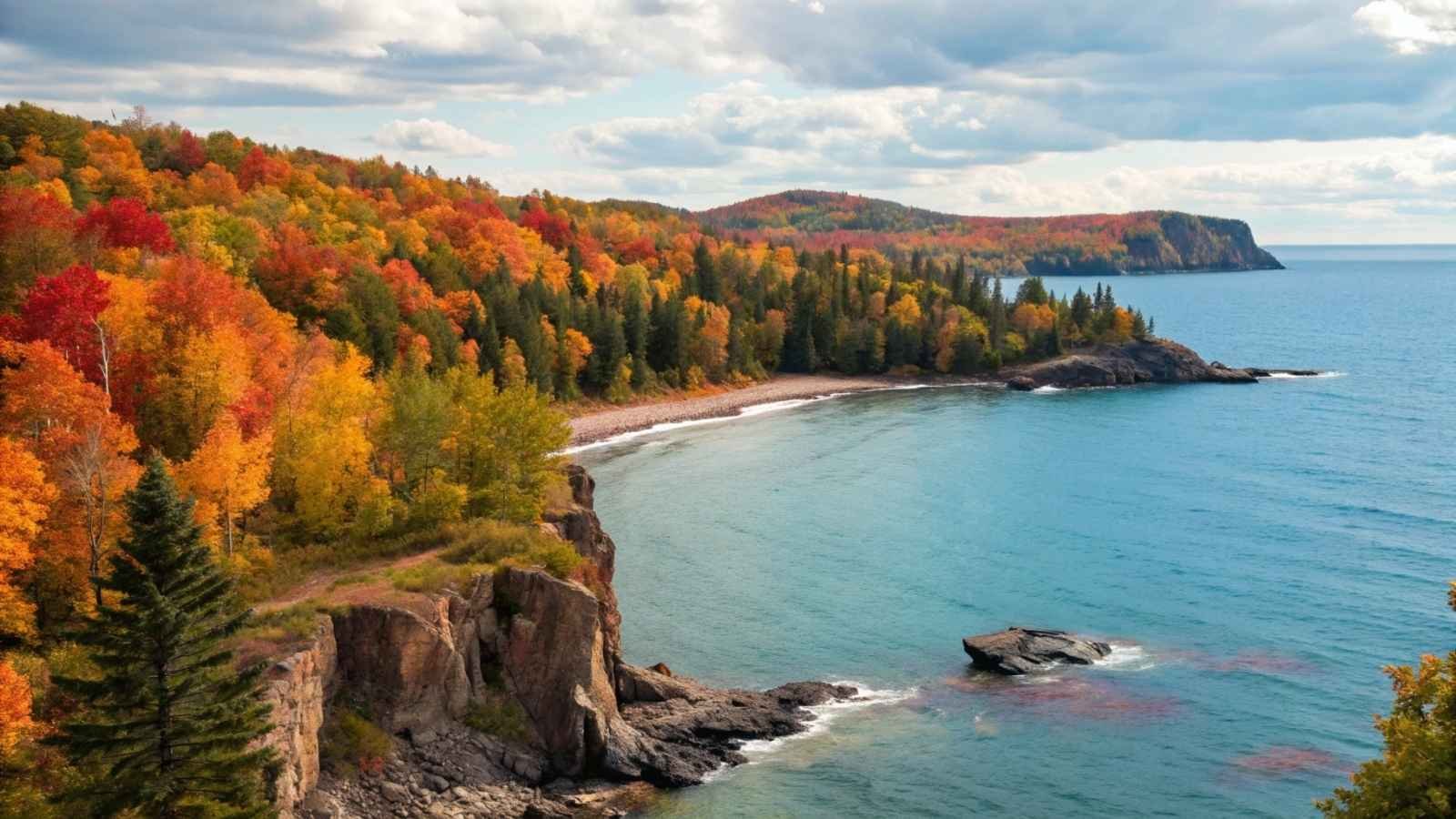
Tucked against the Canadian border, Cook County offers one of the best chances to catch the aurora in the continental U.S. The Gunflint Trail winds through dense boreal forest to remote lakes where the sky opens wide and is free of light pollution. On clear nights, the Northern Lights spill over the treeline, reflecting on frozen lakes like brushstrokes of neon.
The area feels peaceful, even sacred. Locals often swap stories of their first aurora sighting over cups of cocoa at lodges along the trail. There’s no rush here, no big crowds—just the cold, the stars, and the quiet thrill of seeing the Earth and sun connect in real time.
Cook County also doubles as a winter wonderland for cross-country skiing and stargazing. Even if the auroras stay hidden, the northern silence alone feels worth the journey.
Quick Tips:
- Best Months: December through March
- Best Viewing Hours: 11 PM – 2 AM
- Where to Stay: Gunflint Lodge or Bearskin Lodge
- Local Tip: Download the Aurora Forecast App—alerts often pop just an hour before a strong show






